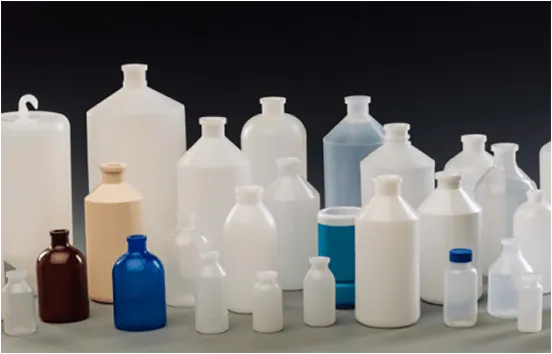culture dish vs petri dish
Culture Dish vs. Petri Dish Understanding the Differences and Applications
The terms culture dish and Petri dish are often used interchangeably in laboratory settings, but they refer to slightly different concepts within the realm of microbiology and cell culture. Understanding the distinctions between the two can be crucial for scientists and researchers working in various biological fields. In this article, we will explore what each term means, their specific uses, and the variations available in laboratory practices.
Definitions and Components
A Petri dish, named after the German bacteriologist Julius Richard Petri who invented it in the late 19th century, is a shallow cylindrical glass or plastic dish that features a lid. It is primarily designed to cultivate microorganisms, cells, and tissues in a controlled environment. Petri dishes are typically filled with a gel-like medium, such as agar, nutrients, or other substances conducive to growth.
On the other hand, the term culture dish is broader and encompasses various types of dishes used to grow various biological samples. Culture dishes can include Petri dishes, but they also refer to other formats like cell culture flasks, multiwell plates, and even specialized dishes designed for specific applications. Essentially, while all Petri dishes are culture dishes, not all culture dishes are Petri dishes.
Common Uses
Petri dishes are primarily associated with microbiology. When scientists want to isolate, identify, or observe bacterial colonies, they typically pour a nutrient agar medium into a Petri dish and inoculate it with samples from the environment or clinical samples. The dish is then sealed and incubated, allowing for the growth of microorganisms. Each distinct colony that appears can provide insights into the microbial diversity and pathogenicity present in the original sample.
culture dish vs petri dish

Culture dishes, being a more generalized term, serve various purposes across different biological fields. For instance, in cell biology, culture dishes (or plates) can be used to grow mammalian cells for research on cellular behavior and drug testing. These dishes often come with specific surface treatments to accommodate different cell types, enhancing growth and attachment rates. Moreover, multiwell plates, a type of culture dish, allow researchers to perform high-throughput screenings for drug discovery, saving both time and resources.
Material Differences
Both Petri dishes and culture dishes can come in different materials, impacting their usage and application. Traditional Petri dishes were made from glass, providing a reusable and sterilizable option. However, modern laboratories frequently opt for single-use plastic Petri dishes due to their convenience and reduced risk of contamination.
Similarly, other types of culture dishes can be made from various materials, including polystyrene or polycarbonate, depending on their intended use. For example, certain cell culture dishes have surfaces specifically treated to promote cell adhesion, while others are designed for suspension cultures. The material choice can significantly affect the experimental outcomes, such as cell growth rates and responses to treatments.
Conclusion
In summary, while Petri dishes and culture dishes are related concepts, their definitions and applications vary within the scientific community. Petri dishes are a specific type of culture dish commonly used for microbiological studies, whereas culture dishes encompass a wider array of laboratory vessels for growing biological samples. Understanding these differences is essential for researchers to select the appropriate tools for their experiments and ensure accurate and reliable results. As laboratory technologies and methodologies continue to evolve, the need for clarity in these terms will remain significant, guiding scientists in their quest for knowledge in the ever-expanding realm of biology.
-
Aesthetic Makeup Spray Bottles | Fine Mist Empty RefillableNewsAug.19,2025
-
White Plastic Veterinary Vaccine Vials | Lab Liquid BottlesNewsAug.18,2025
-
Plastic Medicine Liquid Bottle: Secure Flip Top Drug VialsNewsAug.17,2025
-
Durable 250ml Blue Plastic Vaccine Vial for Lab & Vet UseNewsAug.16,2025
-
Sterile Virus Sample Tubes: Secure & Reliable Specimen CollectionNewsAug.15,2025
-
White 250ml Plastic Vaccine Vial for Lab & Vet MedicineNewsAug.14,2025
























